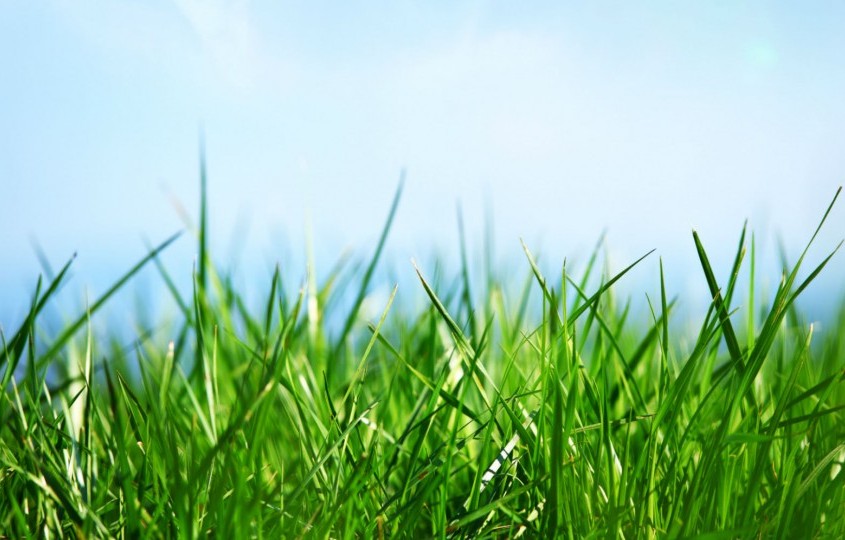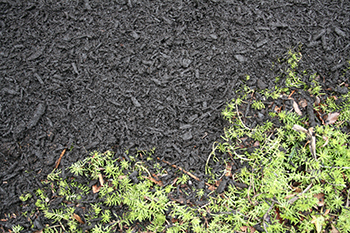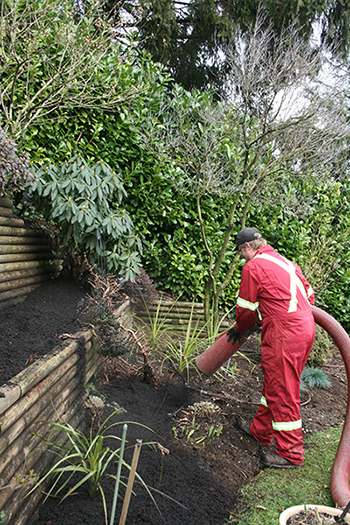There is a common misconception that once new soil is placed, nothing more needs to be added. In fact, it is important to continually add organic matter in order to achieve high quality soil. The kind of organic matter to add will depend on the soil’s purpose. When and how much organic matter to add will also depend on the soil’s purpose. For example, as with vegetable beds, organic matter is best added in the fall, which is a surprise to some.
Three common methods of adding organic matter are:
Mulch: Mulch is a material (such as decaying leaves, bark, or compost) spread around or over a plant to enrich or insulate the soil. With mulch, color is indicative of how fresh it is. Aged mulch is fine and more composted which can be very attractive and perform well for the first year so but will still become weed infested in the not-too-distant future. A fresh mulch (reddish-brown) will often resist weeds for longer, and raking it helps to brighten the colour. All mulches will require replenishing approximately every other year – as they decompose and add nutrition to the soil.
Soil Amendment: Soil amendments are elements added to the soil, such as natural fertilizer (for example, compost), peat moss, manure, or chemical fertilizer, to improve its capacity to support plant life. Compost enhances the ground in which you plant both through adding nutrients and through improving texture. Properly composted material will be weed-free, and adds a quick and long-lasting boost to the soil when mixed in well.
Top Dressing: Top Dressing refers to an application of manure or fertilizer to the surface layer of soil or a lawn. This application is best for lawn health; top dressing with a high-quality soil amender in the correct manner will do wonders towards creating a lush lawn.
Perennial landscaping beds can be mulched all year round. Besides adding to soil health, there are many additional benefits to mulching.
If the soil is to be amended, it is important to use a well composted material to ensure weed or foreign materials are not introducted to the garden or landscaping.
If choosing to add manure, use caution – add it when the weather is not too wet or too hot. The shoulder months (fall and spring) are best. In addition, manure must be thoroughly worked into the soil in order to achieve best results.

Lawns are best looked after in both the spring and fall when the temperature is moderate and the right amount of moisture is present. The right of amount of saturation is necessary to put down top dressing and seed, and carry out required mechanical exercises, such as a de-thatching. Top dressing for a lawn needs to be a fine material, well-composted (not too woody), mixed with sand so that it is able to permeate the core aeration holes. Adding sand can be one of the best ways to facilitate healthy turf for the coming months.
It is common practice to disregard soil maintenance. However, to achieve high quality soil, consider adding organic matter such as mulch, soil amendment, or compost.





